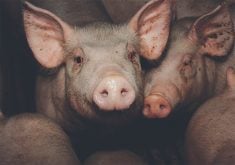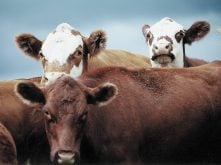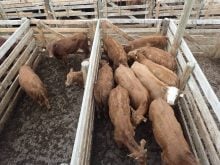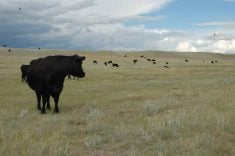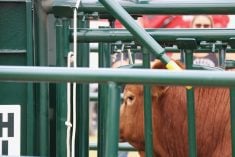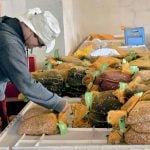The president of the world animal health organization, the OIE, says BSE cases shouldn’t spark a complete ban on cattle trade if the country in which the disease was discovered is complying with risk management rules.
“You don’t always have to be free (of disease) as a country,” Alejandro Thiermann told the Animal Transportation Association annual meeting in Calgary May 3.
“There are different measures one can take on how to manage the risk of a particular commodity.”
Thiermann said the United States Department of Agriculture put together a good rule to deal with BSE in Canada but recent court actions discredited what has been done to manage the risk.
Read Also
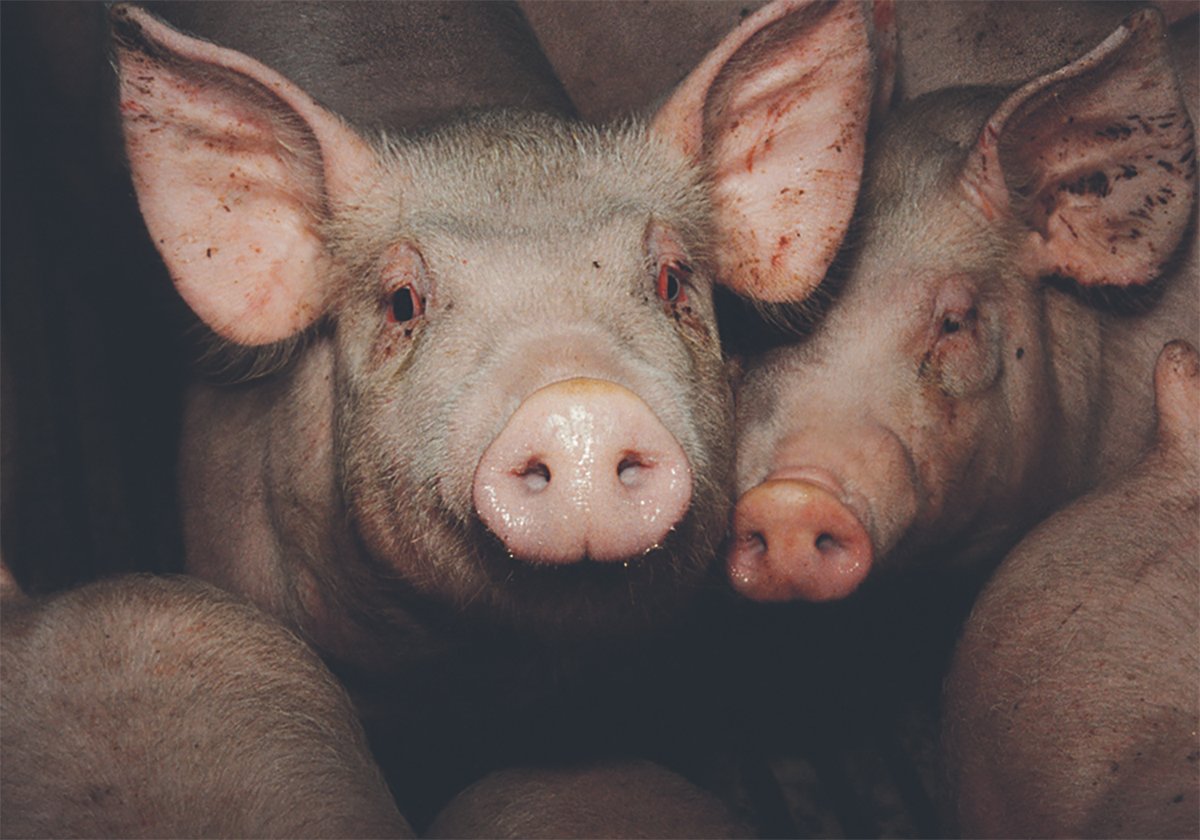
The Western Producer Livestock Report – October 30, 2025
Western Producer Livestock Report for October 30, 2025. See U.S. & Canadian hog prices, Canadian bison & lamb market data and sales insights.
Countries need to spend more time dealing with problems that are more serious than BSE, he added. The disease is not contagious and can be managed, he said, yet considerable amounts of time are devoted to discussing it.
“We are literally paralyzed,” he said. “Forty to 50 percent of our time is devoted to managing comments on BSE.”
He said the OIE recognizes countries’ sovereign rights to determine how to protect their animal and public health, but they must also adhere to international rules or justify why they need higher standards.
“We must remind our regulators of the golden rule. We just don’t treat others any different than the way you would like to be treated yourself.”
Thiermann said BSE will be a North American problem for some time. However, the OIE has encouraged countries to strengthen animal health infrastructure and improve identification for traceback.
As guardian of global animal health and guidelines, the OIE comprises 167 member countries that agree to report diseases and set standards on animal health.
Member nations agree to share animal disease information on about 100 listed diseases, a change from the former A and B list of animal diseases.
“If disease has occurred for the first time in a territory or zone it becomes an urgent notification.”
If there is something new about the behaviour of the disease, the OIE needs to know so it can post the information, Thiermann added.
The organization realizes some countries aren’t able to share information as well as others but it does not pay to underreport or lie about the presence of a disease.
Besides relying on countries’ chief veterinary officers to report diseases, the OIE scans other sources such as news reports to learn about disease problems.
Other work ongoing at the OIE is to implement zoning, in which areas can be demarcated, monitored and if necessary, quarantined. A second concept is compartmentalization, which means separating a sub group on the basis of biosecurity.
For example, if a poultry disease strikes, a flock of laying hens could be physically separated from the breeding birds on a farm to prevent contamination spread and the wholesale destruction of all birds on the premises. The newest challenge for the OIE is zoonosis, diseases that spread between species.
Thiermann said about 60 percent of human pathogens fit into this category.
“In the future, 80 percent of pathogens will affect more than one host.”



